How to Start a Walking Program


Why Walk?
All you need are your two legs. You don't have to get special equipment or a gym membership or even a partner, though walking with a friend has some benefits. Walking can help you lose body fat and improve your joint health, circulation, bone density, sleep cycle, blood pressure, and mood.
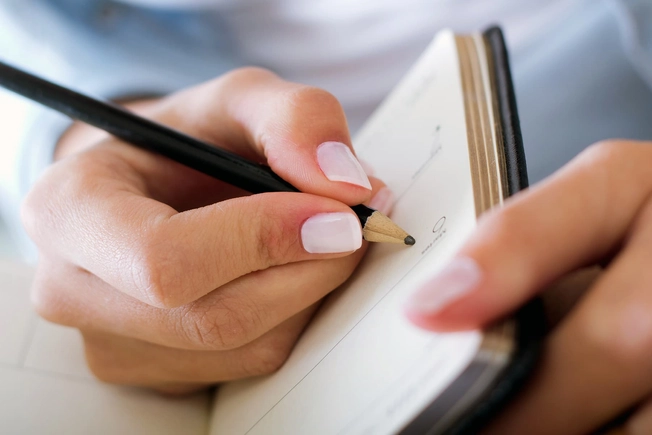
Set Goals
Make sure your goal is realistic when you first start. If 20 minutes every day leaves you exhausted and sore, try 10 minutes on alternate days. Raise it by 2 to 5 minutes each week as you build up your fitness. Once you hit your goal for minutes per session, then you can start to add more days. After that, if you want a more challenging workout, increase your speed or find a route with more hills.
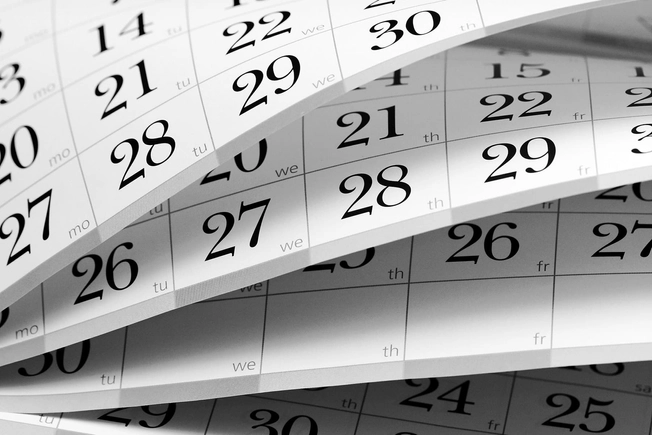
Put It on the Schedule
Are you an early riser who wakes up ready to move? Plan your walk first thing in the morning. If evenings are better, write down the time on your calendar and let others know you're busy. Better yet, make a regular appointment with a friend so it's harder to skip. If you plan to walk to work, set your schedule so you get to the job on time. Remember, you might need a few minutes to cool down or change clothes once you get there.
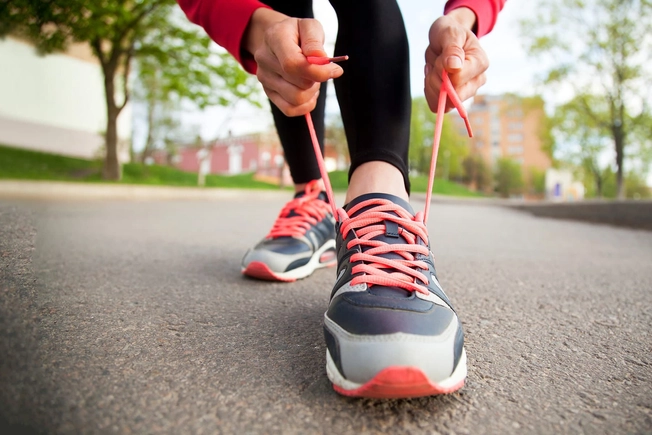
Get Going!
It doesn't take much to improve your health with walking. About 150 minutes a week should do it. That's about 30 minutes a day, 5 days a week. If you need to start with way less than that, don't worry. Even 5 minutes a day is better than none. If you want to do more than 30 minutes, great! Just work up to it slowly and talk to your doctor if you have an illness or don't know if you're healthy enough for exercise.

Walk With Others
It's a good chance to connect with friends and loved ones. Every walk then has the potential to turn into a pleasant social occasion. Plus, you're less likely to cancel when someone's made specific plans to spend time with you. If you can find a willing partner, you might try a regular date to meet up for a walk -- daily, weekly, or whatever works best for the two of you.

Fido Can Help
If your walking buddy has four legs and lots of fur, that's OK, too! Dogs can be especially helpful. People who own them and take them for regular walks are more likely to hit minimum goals like 150 minutes a week of moderate exercise. Plus, how can you resist those pleading, puppy-dog, "It's-time-for-a-walk" eyes when you're lying on the couch?
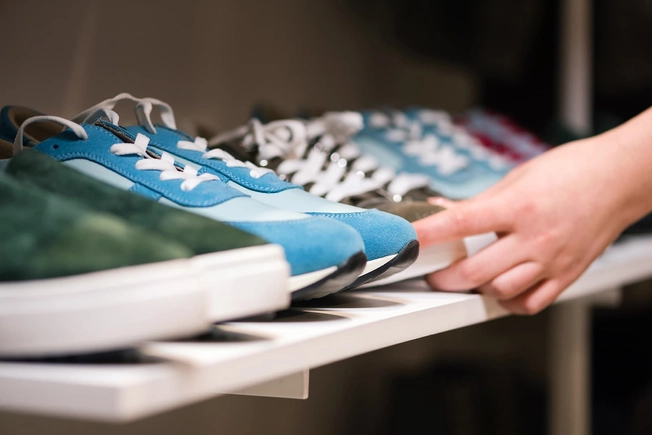
Get the Right Shoes
What makes a good walking shoe? Decent padding, material that "breathes," water resistance, and flexibility from heel to toe are part of it. But the most important thing is fit. Your shoes should be loose enough so that you can wiggle your toes with ease, but snug enough to keep your foot from sliding around. If they rub and form calluses or corns, they're too tight.
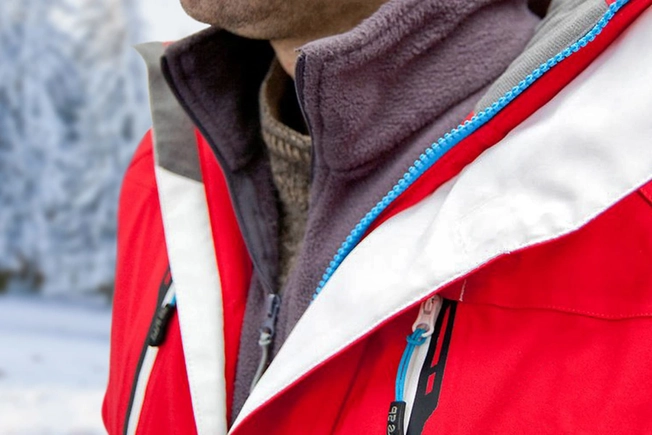
All the Right Stuff
Your clothes should be loose, comfortable, and breathable. If it's cold, you might try layers you can remove as you get warmer. You'll need rain gear if the weather looks iffy, as well as a hat, sunglasses, and sunscreen to protect you from the sun -- in winter, too. Your cell phone, a useful way to track distance, might also need rain protection. Charge it up before your walk in case you need it for a map or an emergency.

Weave Walking Into Your Day
Think about the places you often go, like the coffee shop, post office, or the hardware store. Then think to yourself: Could I walk? If it's far, maybe you could walk to the subway or bus stop. Park at the far end of the grocery store parking lot. Another idea: Plan a "walking meeting" at work instead of a sitting one. If you pay attention, there are lots of places to work some extra steps into your day.

Make an Alternate Plan
There are many reasons to skip a walk, like bad weather, a long workday, or low energy. But if you make exercise a priority, you're more likely find a way to fit it in. No time to walk before work today? Get out on your lunch break instead. Too rainy or cold to walk outside? Try walking at the local mall. Did your friend cancel? Go solo. And if you miss a day, have a plan to make up for it over the course of the week.

Keep Track
There are all kinds of gadgets and apps that can tell you how far you go each day in steps or miles. Some might even tell you how many calories you've burned. An app on your phone might be the easiest to use, but there are other small digital devices that do the same thing, and even a mechanical one called a pedometer that counts steps.
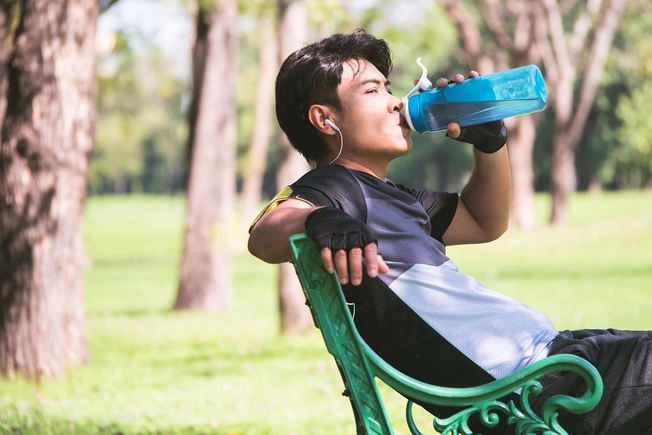
Drink Water
You sweat more when you exercise, which means you lose water more quickly. When water levels get too low (dehydration) you might feel tired, nauseated, dizzy, or confused. You might not notice the sweat you lose if the air is cool. Top off your tank with a couple of extra cups in the hours before you head out for a walk. Consider bringing some with you if it's really hot outside or you're going a long way.
